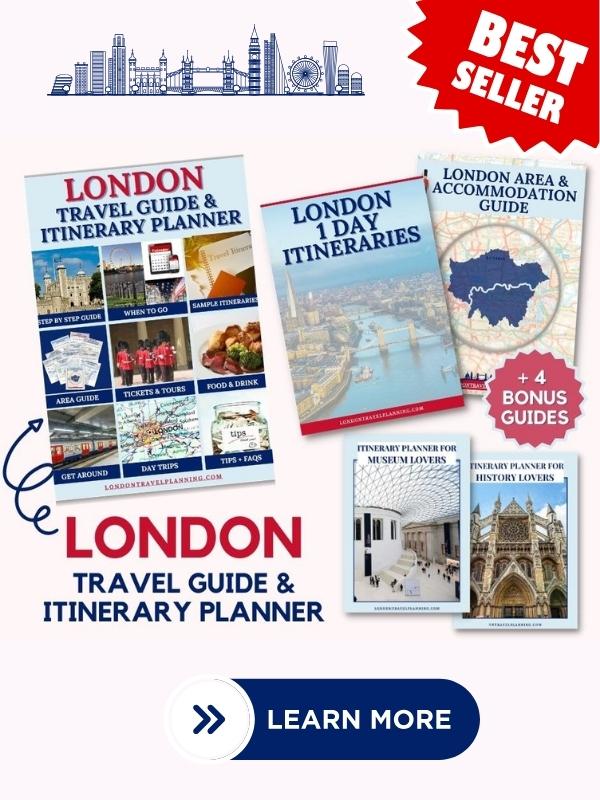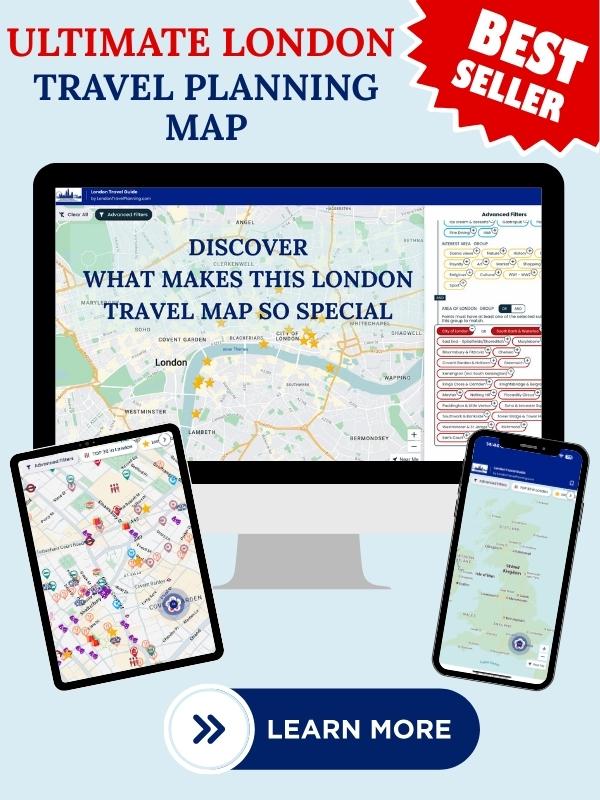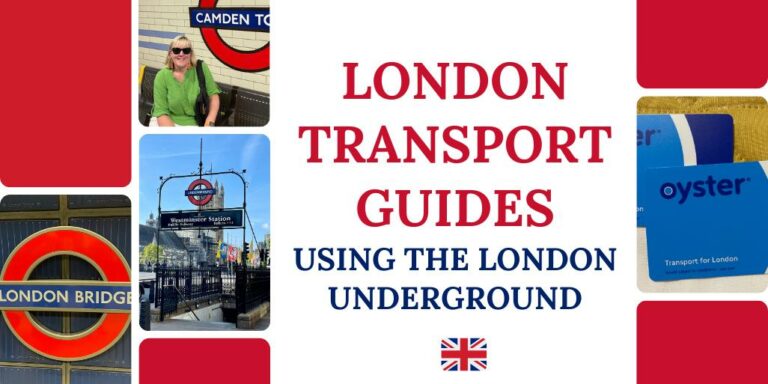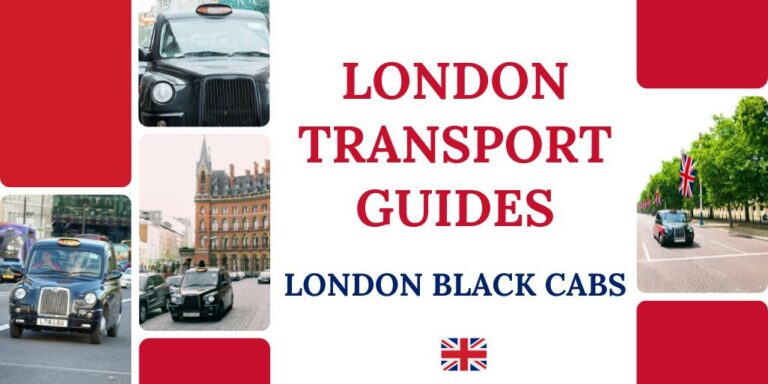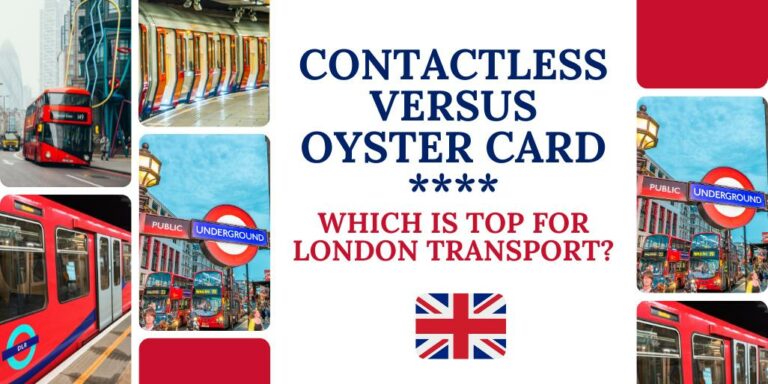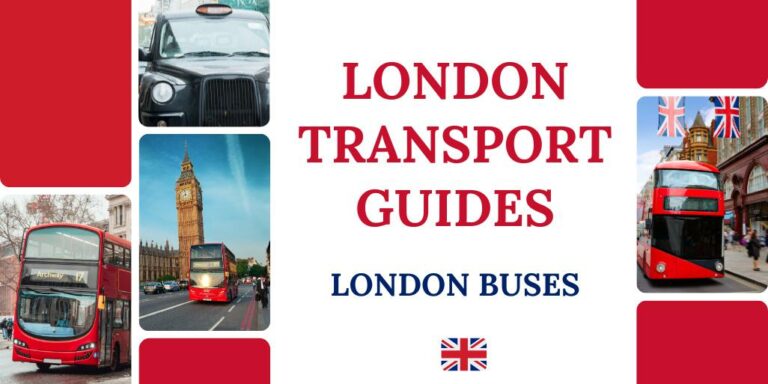London Fare Zones [Guide for Visitors]
If you’ve started planning how to get around London, you’ve probably heard about London fare zones. Don’t worry, you don’t need to memorise every detail. Zones are simply the system Transport for London uses to set fares on the Tube, trains and other services.
Understanding the basics will help you see why journeys cost different amounts, and the best news is that with Oyster or contactless, your fares are capped, so you’ll always get the best value.
In this guide, I’ll explain what the zones are, why they matter, and share a few practical tips from my own experience helping travellers navigate London.
Guide to London Fare Zones
The Basics
London is divided into 9 concentric fare zones.
- Zone 1 is central London and home to many of the city’s most famous landmarks and attractions such as the Tower of London, Buckingham Palace and Westminster Abbey.
- The higher the zone number, the further out you are from the centre.
- Most visitors spend the majority of their time in Zones 1–2, which cover the inner city.
If you’re travelling with an Oyster card, using contactless payment, or a Travelcard, the fare zones are what determine the cost of your journeys.
What transportation is covered by the London fare zones?
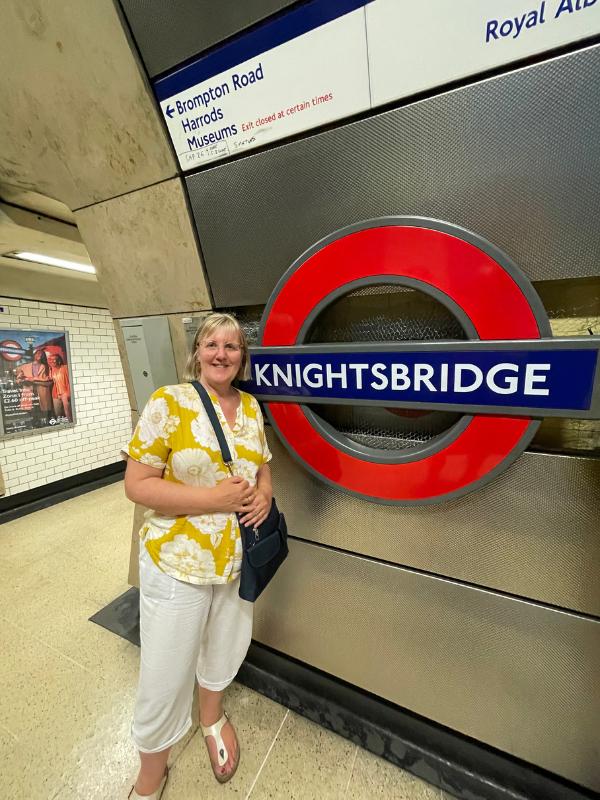
The fare zones apply to:
- London Underground (the Tube)
- London Overground
- Elizabeth Line
- Docklands Light Railway (DLR)
- National Rail services within Greater London (for example, trains from Clapham Junction or Wimbledon into central London)
- Once you travel beyond London, the zone system no longer applies. Journeys to places like Oxford, Windsor, Brighton, or Cambridge are priced with regular National Rail fares, and you will need a separate ticket.
Note that buses and trams are different! They don’t use zones. Instead, there’s a flat fare no matter how far you travel, which makes them a very budget-friendly option. I have a full guide to using London buses if you want to learn more.
Why London Fare Zones matter
- The cost of your ticket depends on the zones you travel through.
- For example, a single Tube journey within Zone 1 only is cheaper than travelling from Zone 1 to Zone 6.
- Daily and weekly caps (the maximum you’ll pay when using contactless or Oyster) also depend on which zones you travel in.
London Fare Caps in 2025
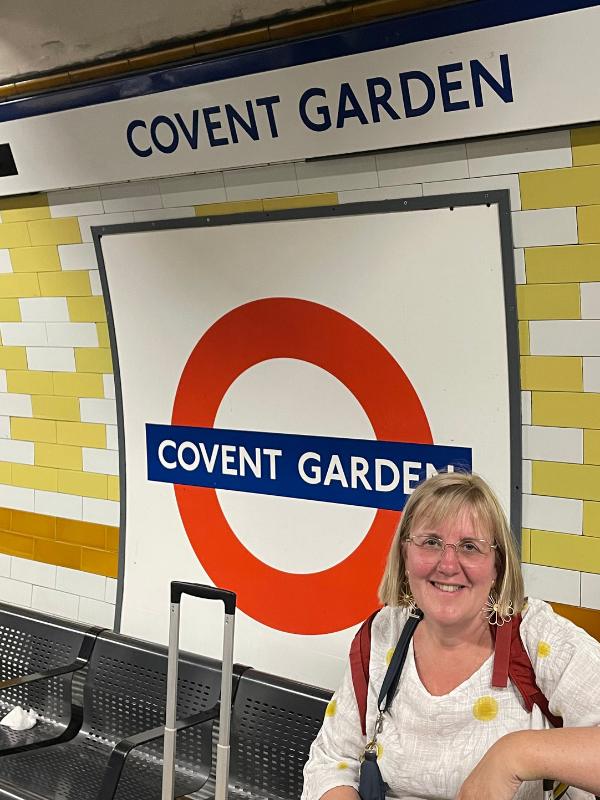
When you use Oyster or contactless, your fares are capped so you’ll never pay more than the daily or weekly maximum for the zones you travel in.
Daily Caps (Anytime)
Zones Travelled – Daily Cap
Zone 1 only – £8.90
Zones 1–2 – £8.90
Zones 1–3 – £10.50
Zones 1–4 – £12.80
Zones 1–5 – £15.30
Zones 1–6 – £16.30
Weekly Caps (Monday–Sunday)
Zones Travelled – Weekly Cap
Zones 1–2 – £44.70
Zones 1–3 – £52.50
Zones 1–4 – £64.20
Zones 1–5 – £76.40
Zones 1–6 – £81.60
Note!
- Caps only apply if you use the same Oyster card or contactless payment method for every journey in a day (or week).
- Always touch in and out at the start and end of every trip (except on buses and trams, where you only touch in).
- If you travel beyond the zones covered by your cap, you’ll be charged extra for the additional zones.
- As mentioned, buses and trams are different; they have a separate, lower flat fare and cap, as they aren’t included in the zone system.
Bus and Tram Caps
Unlike the Tube and trains, buses and trams don’t use zones. You pay a flat fare wherever you travel.
- Single journey: £1.75
- Daily bus and tram cap: £5.25
- Weekly bus and tram cap: £24.70
Map showing London fare zones
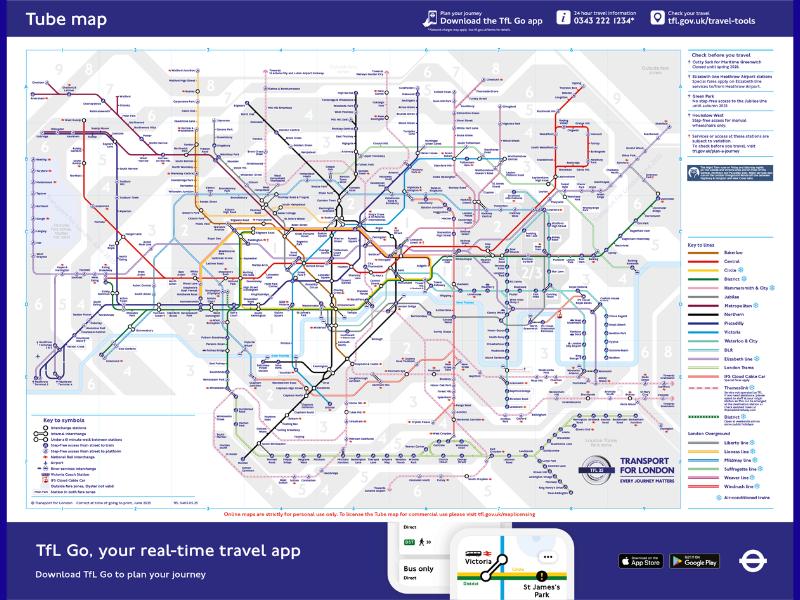
If you take a look at the map, you will see the numbers of the zones. Examples of places located in the various zones include:
- Zone 1: Westminster, Covent Garden, Oxford Circus, Tower Hill
- Zone 2: Camden Town, Greenwich, Clapham
- Zone 3: Stratford, Kew Gardens, Wimbledon
- Zone 4: Wembley, Richmond
- Zone 6: Heathrow Airport
- Zone 9: Amersham and other outer suburbs
Read – Area guides for London
Tips for visitors
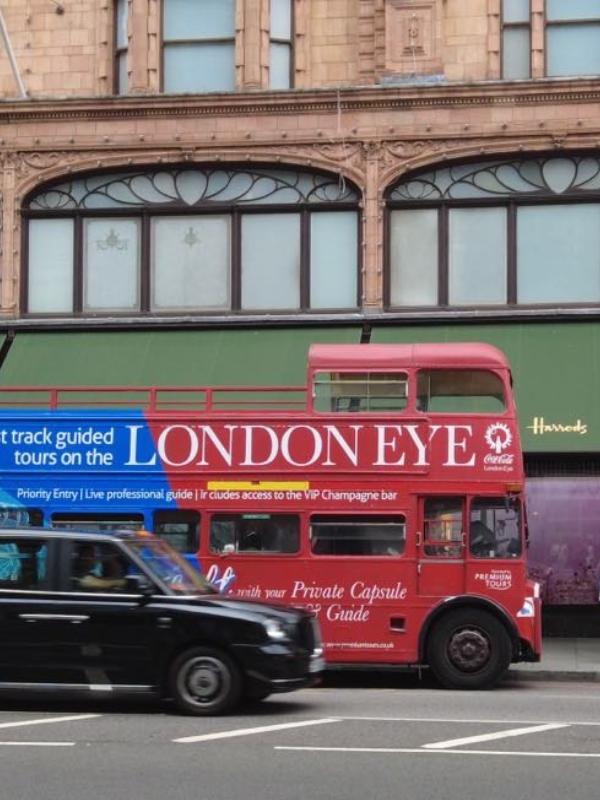
- If you’re mainly sightseeing, you’ll probably travel mostly in Zones 1–2.
- Heathrow Airport is in Zone 6, so journeys there are more expensive. If you want step-by-step advice, see my guide on how to get from Heathrow into London.
- Gatwick and Luton airports are outside the fare zones, but both have direct train links into the city.
- Using Oyster or contactless automatically works out the cheapest fare across the zones you travel in, so you don’t need to worry about working it out yourself.
If you’d like more details on how to get around, check out our complete London transport guides, where we cover the Tube, buses, black cabs, and even river boats in depth.


